Climate change, pesticides, and habitat loss put pollinators – and our food supply – at risk. Here’s how you can help protect pollinators.

Birds, bees, bugs, bats and hundreds more creatures big and small are vitally important to our food system, planetary biodiversity, and healthy ecosystems. The National Environmental Education Foundation (NEEF) shared some important news last week about why we need to protect pollinators in the face of climate change.
NEEF reports that about 1,000 plants we depend on for food and products need to be pollinated by animals, including coffee, tasty snacks like melon, chocolate and almonds, and even tequila. Hummingbirds, bats, beetles, bees, ants, wasps, butterflies, and other small animals help plants reproduce by transporting pollen within a flower or between flowers, resulting in healthy fruits and fertile seeds.
Why are pollinators important?
About 75% of all plants, including those in our yards, gardens, and parks, depend on pollinators. Home gardens in urban, suburban, and rural areas play an important role in providing habitat for pollinators and protecting them from threats. Honey bee populations alone add more than $15 billion in value to US agricultural crops each year through pollination.
Due to human influences, including pesticide use and habitat alterations, as well as natural causes such as parasites, honey bee colony sizes are steadily decreasing and in 2014 reduced by 40%. One of the reasons this is happening is colony collapse disorder, and while it likely pesticides that cause this damage, much is still unknown.
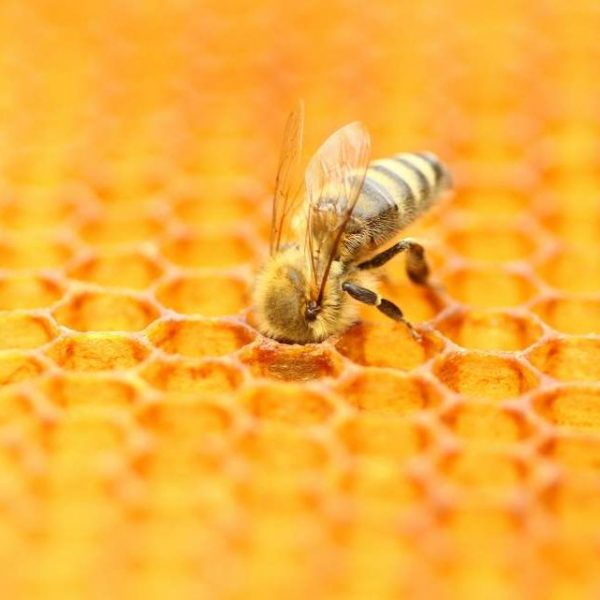
How Climate Change Harms Pollinators
A changing climate is posing another challenge for honey bees and other pollinators. The warming of the earth’s climate has caused plant species to bloom an average of a half-day earlier each year. In total, that can result in the growing season of some species now beginning up to a month earlier compared to 45 years ago.
At this rate, there is a risk that pollinators such as bees can end up out of sync with the plants that they’ve historically pollinated. As a result, some plants don’t get pollinated and the bees are left hungry.
Modern farmers rely on pollinators to stimulate the growth of their crops just as much as they rely on fuels to run their tractors. It is important to understand the relationship between climate change, earlier growing seasons and pollination to ensure food on the table and profitable crop yields.
6 Ways to Protect Pollinators at Home
- Plant a variety of plants that bloom from early spring to late fall. Planting in clumps will help pollinators find plants. Learn more about pollinator-friendly plants
- Choose plants that are native to your region. Enter your zip code here to find regional planting guides), meaning that they are adapted to local climate, soil, and pollinator species. Including plants that bloom at night will attract bats and moths.
- Reduce or eliminate pesticide use. If you must use a pesticide in your yard or garden, use the least toxic product possible. Pesticides can be particularly harmful to bees, so read the product label carefully and apply it at night, when bees and many other pollinators are not active.
- Create bee habitat. Leaving a dead tree or tree limb in your yard provides nesting habitat for bees (make sure dead trees/limbs are not safety hazards for people working below them). You can also create a “bee condo (link is external)” by drilling holes of various sizes about three to five inches deep in a piece of scrap lumber. Mount the lumber to a post or under eaves with southern exposure. Learn how to make a Mason bee house
- Provide nectar for hummingbirds. Make nectar by combining four parts water to one part table sugar (do not use honey, artificial sweeteners, or fruit juices). Add something red to the feeder to attract hummingbirds, and be sure to clean the feeder with hot, soapy water twice a week.
- Fight climate change. For an in-depth look at the science behind how climate change is affecting pollination, check out the video below from NASA.
Content adapted from NEEF; images from NEEF
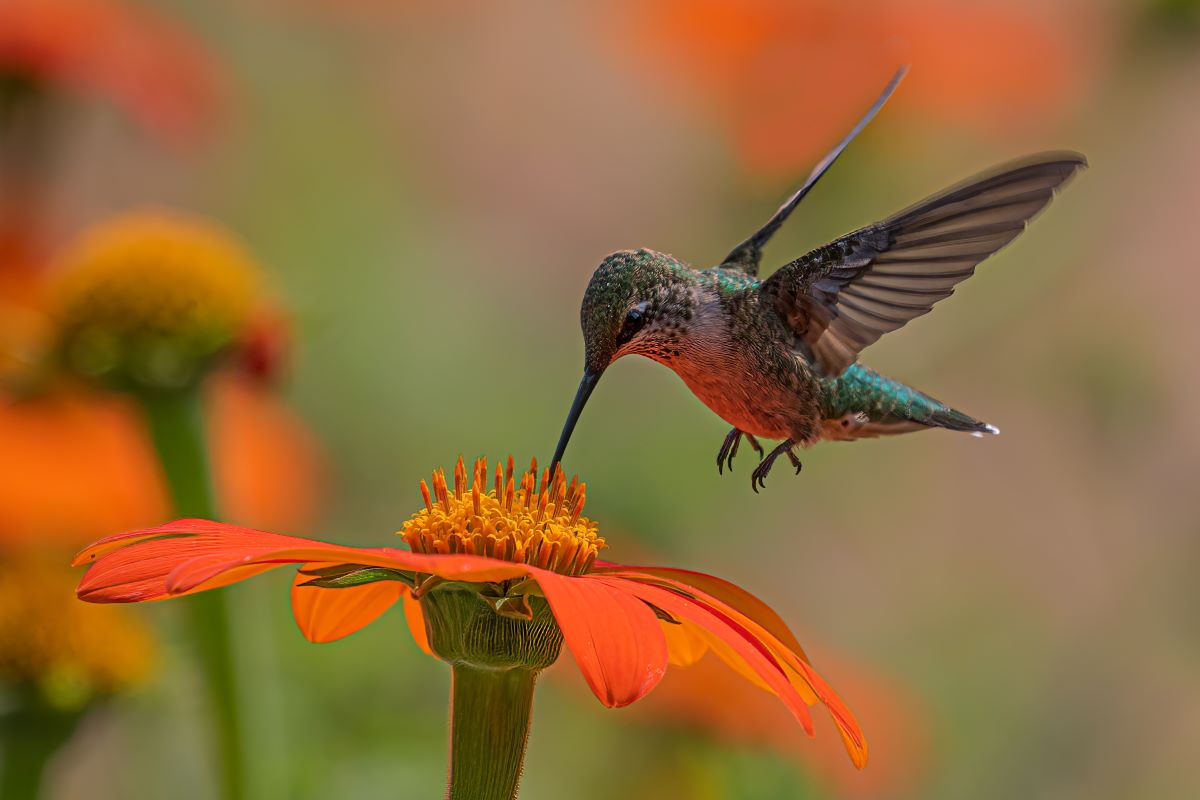

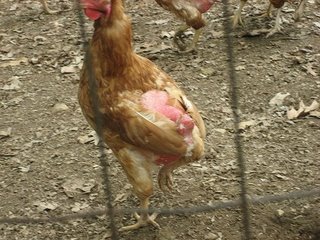
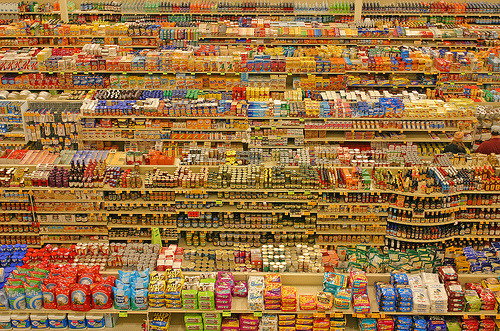
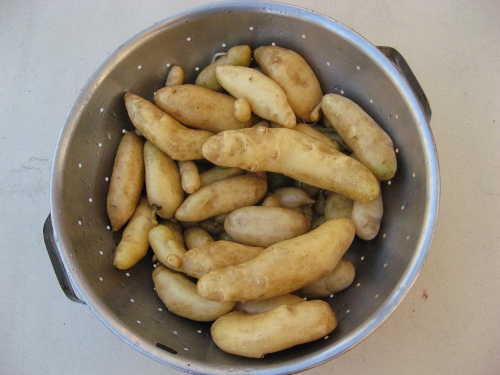

![Food & Climate Change [VIDEO]](https://eatdrinkbetter.com/wp-content/uploads/2010/07/climate-change-agriculture.jpg)
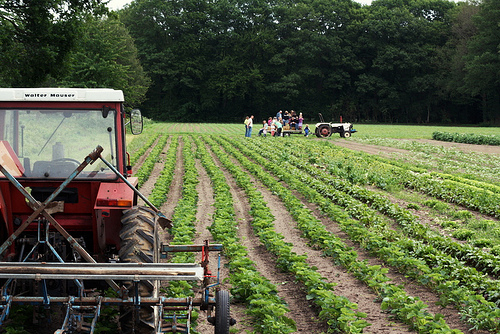

Please check our website, we are based in California and do sell doTERRA Essential Oil and other products!
. Very Impressive…. Thanks for the post